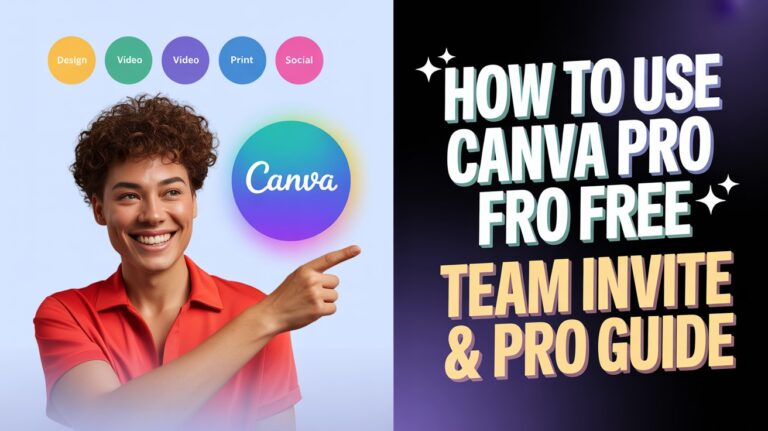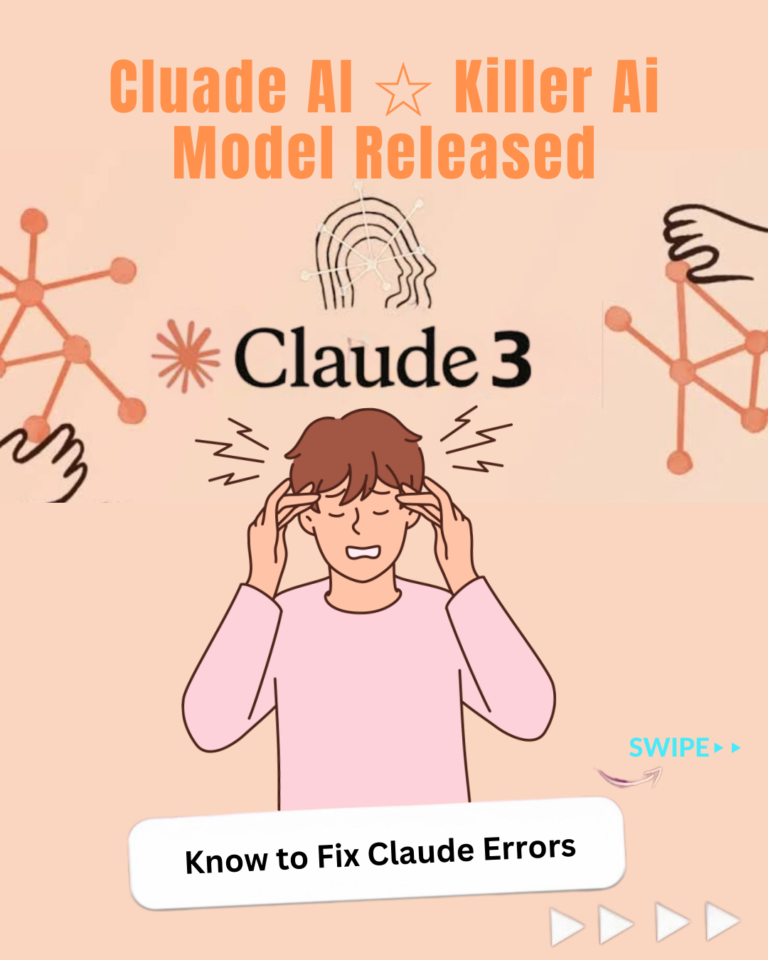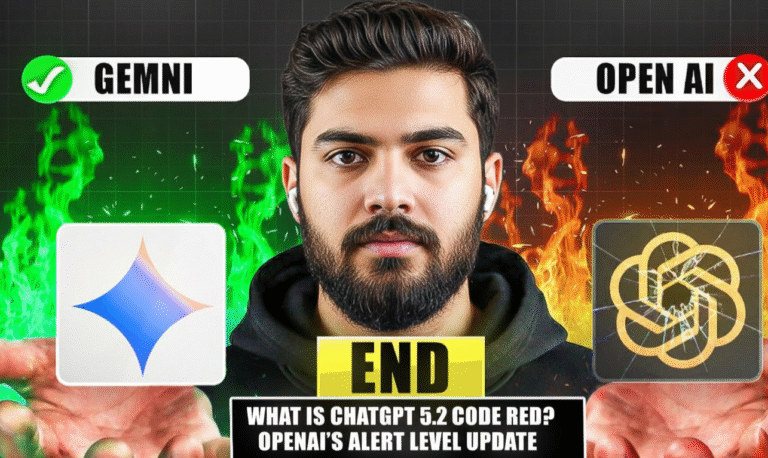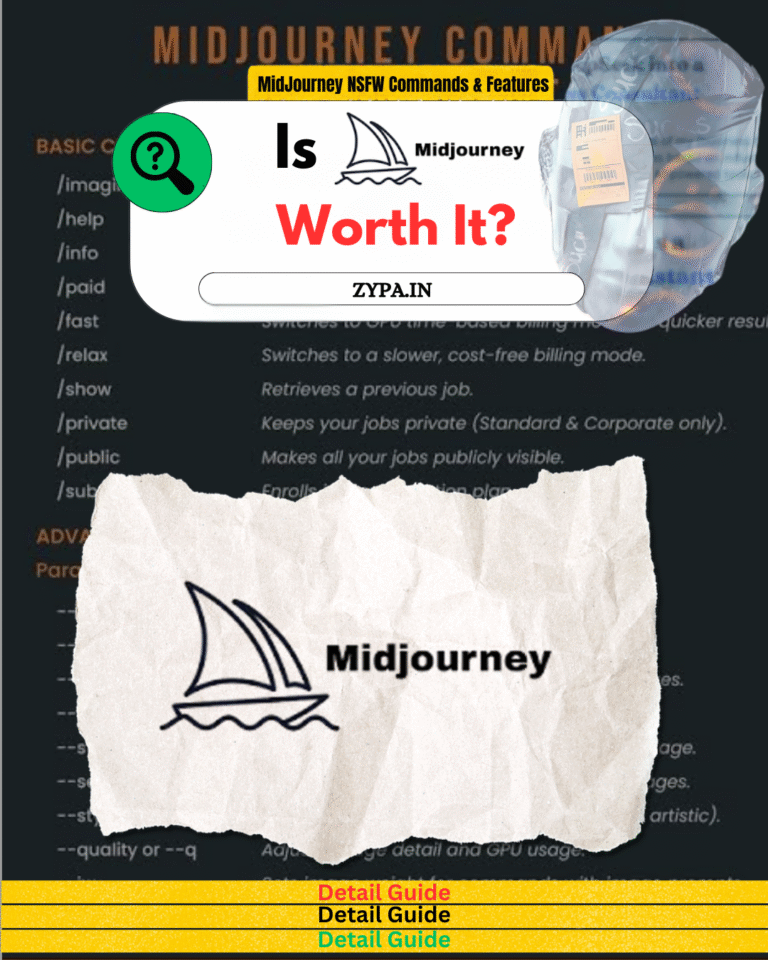The Google Gemini 3, which is quicker, smarter, and more human-like than ever, is coming out in late 2025 and early 2026. This isn’t merely an upgrade; rather, it’s a complete overhaul of Google’s AI ecosystem, built to comprehend intricate, multi-format queries and provide outcomes that are more collaborative and less robotic.
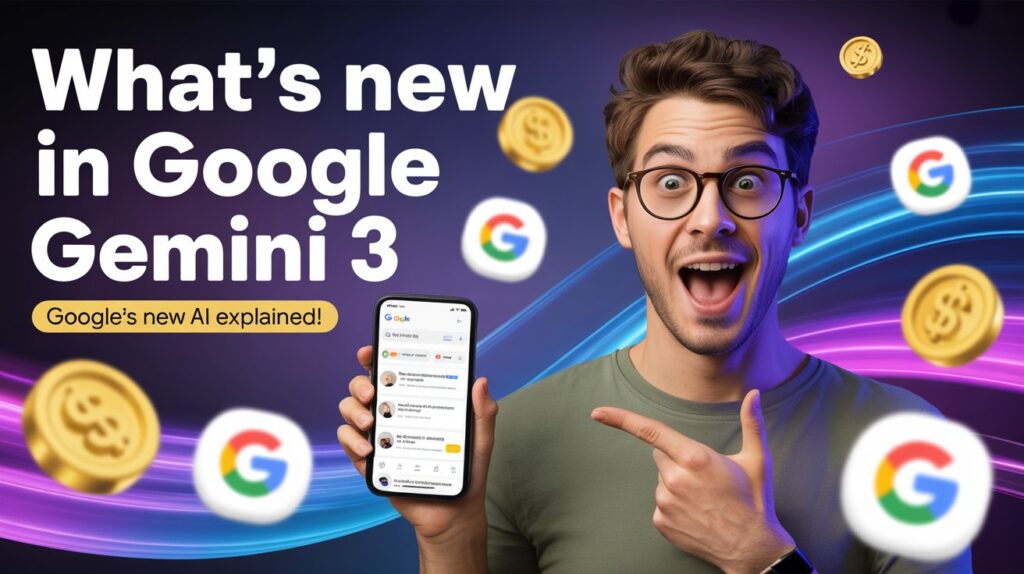
Have you ever had the impression that your AI helper is almost there but still need continual support? It can write, but it is unable to see the style guide for your brand. Although it is capable of summarizing, it is unable to understand the subtleties of a video conference. Google wants to bridge that gap between a basic tool and a genuine partner in collaboration.
What is new in Google Gemini 3 then? In a nutshell: everything. Reasoning, speed, and most crucially, integration, have all advanced significantly. Let’s examine the gemini 3 features and how they surpass Gemini 2.5.
Main Takeaway
In terms of processing speed and logical reasoning, Google’s Gemini 3 directly competes with OpenAI’s ChatGPT-5 and Anthropic’s Claude 3.5. It is now vying for the top spot rather than merely catching up.
A Brief Comparison of Gemini 3 and Gemini 2.5
| Feature | Gemini 3 (Our Focus) | Gemini 2.5 (Pro/Ultra) |
|---|---|---|
| Speed | Good, but slow for complicated jobs | ⚡️ Quick responses |
| Reasoning | Strong, yet prone to mistakes | 🧠 Excellent reasoning and subtlety |
| Multimodality | ✅ True Native Multimodality (Video, audio, and text examined together) | Handled text, followed by images (separate) |
| Integration | Basic (in Docs and Gmail) | Deeply integrated in YouTube, Drive, and Google Workspace |
Also Read: How to use Claude Haiku 4.5: Big Updates You Didn’t Know
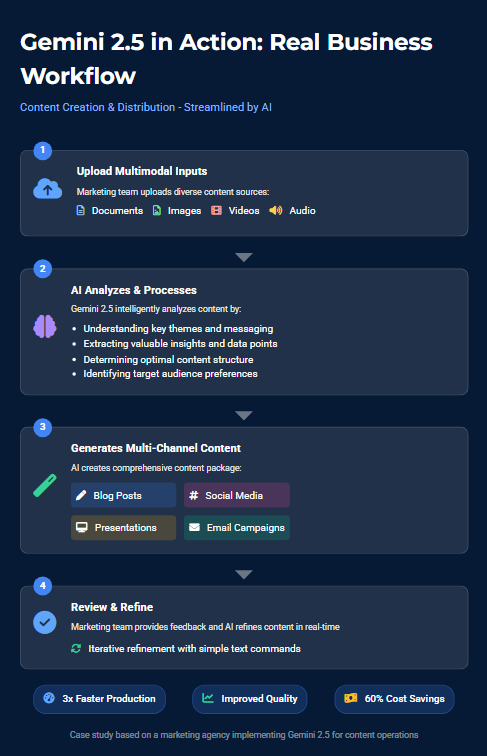
Gemini 3’s Key Updates → What’s Inside?
Gemini 3 is more than simply a new look. In order to create a model that reasons rather than just reacts, Google redesigned its core. These upgrades are going to change the way that marketers and creative work.
The four pillars of this latest update are as follows.
1. Multimodal Reasoning Done Right (Not Just Tricks)
The biggest leap is this one. AIs used to be able to “see” images and “hear” sounds, but they did so independently of your text.
The native, end-to-end multimodality is one of the aspects of Gemini 3.
What does this signify? If you offer it a 10-page PDF, a one-hour movie, and a text question, it will all analyze them in one query.
Example: “Watch this attached webinar video, read my marketing plan PDF, and tell me if the speaker’s advice contradicts our Q4 strategy.”
For digital marketing automation systems, this is revolutionary since it goes beyond basic text generation to intricate strategy analysis.
2. Enhanced Contextual Awareness and Memory
The goldfish-like memory of older AI is one of its main drawbacks. In each new interaction, you must reiterate your brand, target audience, and objectives.
Gemini 3 brings “Memory.” You may now tell Gemini specific information to remember (e.g., “My audience is freelance web developers”) or pin important documents (e.g., a brand style guide). For all upcoming discussions, the AI keeps this context.
For content producers, this is a major victory. Understanding your audience is the cornerstone of engagement, as Google’s own creators blog highlights. Gemini will remember now that you’ve taught it who your audience is.
3. Increased Inclusion in Your Google Ecosystem
What does the Gemini 3 possess that others do not? Your entire workflow contains it.
It’s not merely a stand-alone website anymore. Google Workspace is being intricately integrated with Gemini 3. Consider using a Gemini side panel to draft a post in Google Docs:
- Retrieves pertinent information from your Google Drive.
- Locates YouTube videos that are worthy of reference.
- Provides a summary of recent emails that are pertinent to your topic in Gmail.
Its close connection turns your current software into a proactive assistant, making it one of the most potent AI tools for business and collaborative teams.
4. Lightning-Quick Speed and Support for Offline
Gemini 3 is significantly quicker than Gemini 2.5 since it is based on Google’s next-generation TPUs (Tensor Processing Units).
Google is releasing a smaller, on-device version called “Gemini Nano 3,” which is more significant. This offers two significant advantages by enabling your mobile device to perform robust AI activities without an internet connection:
- Privacy: Your information remains on your PC.
- Productivity: You can brainstorm, draft, and summarize whether in a dead zone or on an airplane.
Gemini 3 is transformed from a basic AI writing assistance tool to a full, context-aware business growth software solution by the fundamental changes.
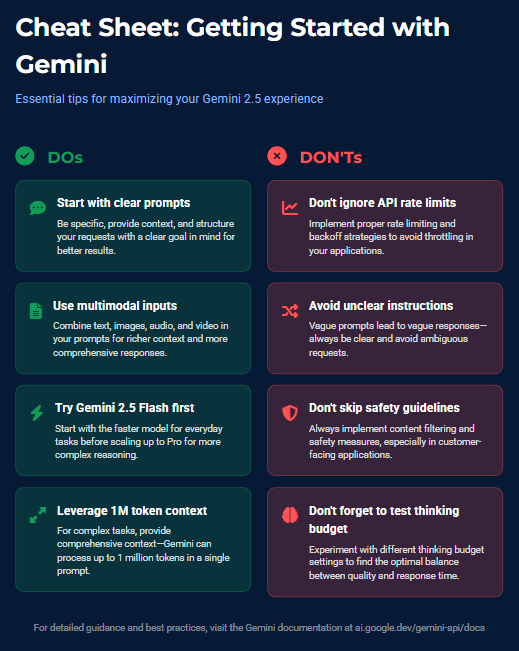
Practical Applications → what can gemini 3 do
All right, the features sound fantastic. However, how does this aid in the expansion of your company as a Zypa.in designer or digital marketer? Let’s examine the real-world uses.
The “Write + Summarize + Research” Combo is demonstrated.
Suppose you are required to compose a lengthy blog post on “The Future of SaaS Pricing.”
- Research Prompt 1: “Find the top 5 trends in SaaS pricing strategies for 2025. Focus on AI-driven, usage-based, and value-based models. Provide data and sources.”
- Prompt 2 (Multimodal Summary): “I’ve uploaded a 45-minute webinar on this topic. Cross-reference the trends you found with the speaker’s main arguments and summarize the 3 most important takeaways for a startup founder.”
- Prompt 3 (Write): “Using these 3 takeaways, write a 600-word blog intro. Start with a compelling hook that creates a curiosity gap and establish E-E-A-T by citing the webinar speaker and one of the data points.”
Previously requiring three to four hours of physical labor, this combination can now be completed in ten minutes.
Also Read: ChatGPT JSON Image Generation: Stunning Prompts & Easy Guide
A Step-by-Step Guide for using Gemini 3 with example
When it comes to content creation, this is the final test. This is a brief tutorial on creating a high-ranking article with Gemini 3.
Step 1: Research on Ideas and Keywords
- Prompt: “I’m a content creator using Zypa.in. My audience is freelance graphic designers. Give me 10 blog post ideas about ‘AI design tools’ with high-intent keywords. Focus on ‘best,’ ‘review,’ and ‘vs’ formats.”
Step 2: Creation of an Outline
- Prompt: “Take the topic ‘Best AI Design Tools 2025.’ Create a detailed H2/H3 outline that follows E-E-A-T principles. Include a ‘Features Comparison Table’ and a ‘Why This Matters for Freelancers’ section.”
Step 3: Content Drafting
- Prompt: “Write the ‘Core Features’ section for the tool ‘Adobe Firefly,’ focusing on the benefits for a freelance workflow (e.g., speed, integration with Photoshop). Use a professional but friendly tone.”
Step 4: Internal Linking & SEO
- Prompt: “Analyze this draft [paste text]. Suggest 3 places to add the keyword ‘best design tools 2025’ naturally. Also, where could I add an internal link to our Zypa.in blog post on ‘The Ultimate Guide to SEO for Creators‘?”
Step 5: Polish & Engagement
- Prompt: “Make this concluding paragraph more engaging. Add a question to spark comments and a clear call-to-action.”
This last step is really important. Audience engagement is the key, as the Google creator team points out. Any creator interested in digital growth would be wise to use AI to start the conversation.
Why Students and Content Creators Will Adore It
- It’s the best co-pilot for creators. It combines the functions of a data analyst, researcher, drafter, and video summarizer. It assists you in analyzing your analytics and using the results to generate fresh material (a crucial lesson from successful bloggers).
- For Students: Writing essays with appropriate sources, summarizing two-hour video courses, and debugging code. It is the most potent study aid ever created because it can reason across text, video, and data charts.
Takeaway: Do you use your AI for purposes other than writing? Start by incorporating this multi-format, multi-step method into your current workflow for material.
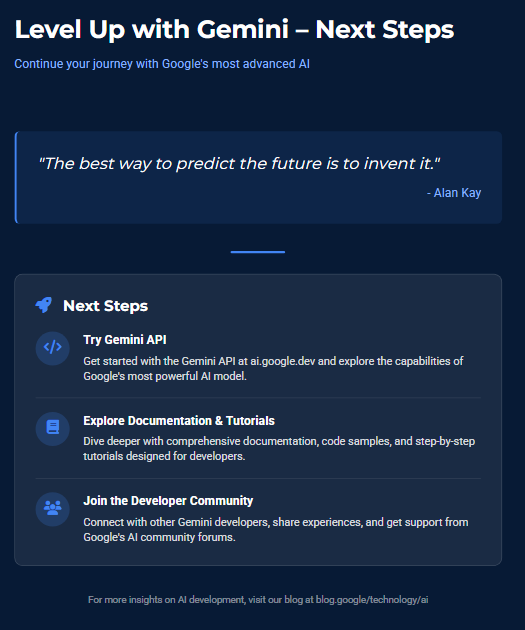
Your Initial Four Tasks → A “Copy & Paste” Assessment Kit
Are you prepared to discover for yourself what is new in Google Gemini 3? Try its new power instead of starting with “write me a poem.”
The following Gemini 3 test prompts should be copied:
- (Video Analysis): “Analyze this 1-hour YouTube video [URL] and identify the 3 key arguments the speaker makes. Provide timestamps for each.”
- (Memory + Writing): “I’m attaching my brand’s style guide PDF. Pin it. Now, write a 3-tweet thread announcing our new product, ‘Zypa Analytics,’ ensuring you follow the brand voice.”
- (Data Analysis – Screenshot): “Look at this screenshot of my Google Analytics dashboard. What is one trend you see in my ‘Top Pages’ report, and suggest one blog post idea to capitalize on it.”
- (Competitive Research): “Compare these two
SaaS comparison 2025articles and . What key information is Article 1 missing that Article 2 has? Output the answer as a bulleted list.”
Also Read: How to build Agentic AI: Build Your Own AI Agent with 0-Code
Gemini 3 vs Gemini 2.5 and ChatGPT-5
How does Gemini 3 compare to both its largest competition and its predecessor, then? The competition is intense as we rapidly enter the era of AI-powered business growth software.
You may get a quick, easy overview of the new landscape with this comparison.
| Feature | Gemini 3 | ChatGPT-5 (Hypothetical) | Gemini 2.5 (Ultra) |
|---|---|---|---|
| Raw Speed | Quick | ⚡️ Winner (Almost instantaneous) | Extremely Quick |
| Context Window | Huge (1M tokens) | Massive (2M+ tokens) | 🏆 Winner (Reportedly greater) |
| Video/Audio | ✅ Winner (Native analysis) | Restricted (via plugins) | No (just audio) |
| Integration | 🏆 Winner (Deep Ecosystem) | Good (APIs, Microsoft) | Good (Google) |
| Reasoning | ⚡️ Winner (Complex logic) | Excellent | Good |
| Creative Writing | 🏆 Winner (Style, Nuance) | Decent | Good |
Takeaway: Gemini 3 vs Gemini 2.5 is a complete replacement and not even a fair contest. Google currently outperforms ChatGPT in speed and integration, although OpenAI still has a little advantage in creative prowess alone.
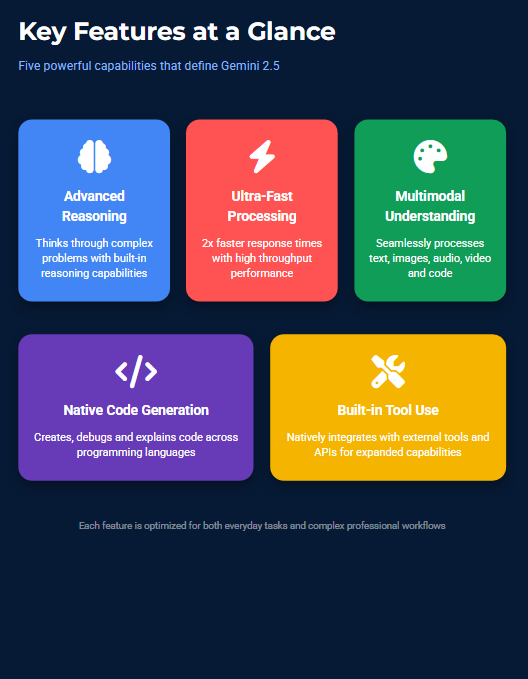
The New Interface & Experience (UI/UX) of Gemini
A better body is deserved by a smarter brain. Google simplified the Gemini design so that it feels more like a conversation than a search bar.
Here is a description of what you will see because we are unable to provide live screenshots.
The Experience on the Desktop
Imagine an interface that is broader and clearer. You can pin files (such as your style guide) and important information (“My target audience is B2B marketers”) in the new persistent “Memory” panel on the left.
With updated, more sophisticated formatting for code blocks, tables, and picture creation, the primary discussion section is located on the right. It’s more of a “dashboard,” designed for serious “productivity software review” and in-depth work, than a “chat.”
The Experience of Mobile
It’s all about speed and in-person interaction on mobile. The Gemini tab is now the default for the app, which is taking the place of Google Assistant on many Android phones.
This ‘on-the-go’ assistant is primarily voice-driven and has the ability to’see’ through your camera.
- Example: When you aim your camera at a landmark, it will not only identify it but also compose a social media post detailing its background.
Similar to the other AI tools we propose on Zypa, this modern user interface makes it one of the best software for creators on the go.
Concluding Remarks → Google’s Most Audacious Step (And Its One Serious Drawback)
Should you remove your other AI bookmarks now? Let’s be honest.
Gemini 3 Seems Like Google’s Most Audacious Step to Date
Google is using its ecosystem, which is its greatest unfair advantage.
Gemini 3’s integration with Drive, YouTube, Search, and Android is resulting in a smooth, integrated experience that is difficult for other businesses to imitate. Gemini 3 is unquestionably the new champion for jobs involving research, data analysis, and summarizing cross-format media (text, audio, and video).
We’ve been waiting for this business growth software to bring all of our disparate digital components together.
However, it still lags behind in the field of creative writing.
This is the twist in opinion. Gemini 3, despite its logical strength, nonetheless lacks a certain… Soul*.
It can produce technically flawless but emotionally detached work whether I ask it to compose poetry, a fictitious narrative, or even a highly sympathetic marketing email. Anthropic and OpenAI models are frequently better at capturing human subtleties and inventiveness.
My ultimate judgment? For analysis, productivity, and research, use Gemini 3. Utilize its rivals for final stylistic polishing and innovative brainstorming.
A Brief Overview & What to Do Next
That was quite a bit of data. These are the gemini 3 features that you really need to know.
- Better Reasoning: Gemini 3 can comprehend complex, multi-format (text, image, and video) cues all at once.
- Better Memory: It retains your critical data, brand voice, and identity throughout interactions.
- Deeper Integration: Rather of existing in a distinct tab, it is inside Google Docs, Drive, and YouTube.
- Top-Tier Competitor: It now poses a strong threat to Claude and ChatGPT in terms of speed and reasoning.
Gemini 3 is a huge advancement, particularly for those of us who are interested in digital growth and content production. The first rule of building an audience is to provide consistently valuable content more quickly. This tool is made to assist you in following this guideline.
When it’s your turn, what assignment would you offer Google Gemini 3 first? Post your most creative prompt suggestions in the space provided below!

